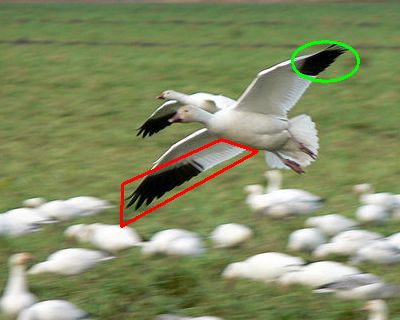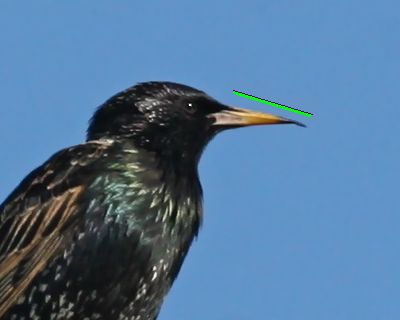
Today I’ll wrap up the wing’s flight feathers, parts two and three, secondaries and tertials.
Like the primaries we learned about last week, secondaries and tertials are remiges. The secondaries run from the wrist to the elbow and hang from a bone called the ulna. They’re marked here in pink. Tertials, marked in yellow, run from elbow to armpit and hang from the humerus. If humans had wings our secondaries and tertials would hang like the sleeve fringe on a buckskin jacket.
The number of secondary feathers varies depending on species, from six in small birds to 40 for an albatross. Tertials are always few and usually hard to see in flight, especially on songbirds who have 9-10 primaries, 6 secondaries and only 3 tertials.
Tertial feathers are rarely mentioned except in shorebird identification. That’s because shorebird wing structure is so different that their tertials nearly cover their primaries when their wings are folded. In fact, when at rest, their tertials lay on top of their tails instead of over their backs. If I was good at shorebird identification I would be able to look at the tertials and come up with the correct species. I’d even be able to age the bird.
And finally, even jets have movable secondaries and tertials – or so I like to think. When birds land they cup their wings and drop their secondaries and tertials to create drag and slow down. When a jet lands, it lowers two sets of flaps on its wings to do the same thing.
Watch a pigeon land, then watch a jet and you’ll see what I mean.
(photo of a juvenile bald eagle by Chuck Tague, modified to show the secondaries and tertials)
 If you’ve been birding for a while you’ve probably heard, even used, the word “primaries” but the word remiges could be new to you. It was to me.
If you’ve been birding for a while you’ve probably heard, even used, the word “primaries” but the word remiges could be new to you. It was to me. Winter is lousy for field work but it’s a good time to curl up with a book and learn something, so in that spirit I’ve decided to (finally!) learn more about bird anatomy.
Winter is lousy for field work but it’s a good time to curl up with a book and learn something, so in that spirit I’ve decided to (finally!) learn more about bird anatomy. 